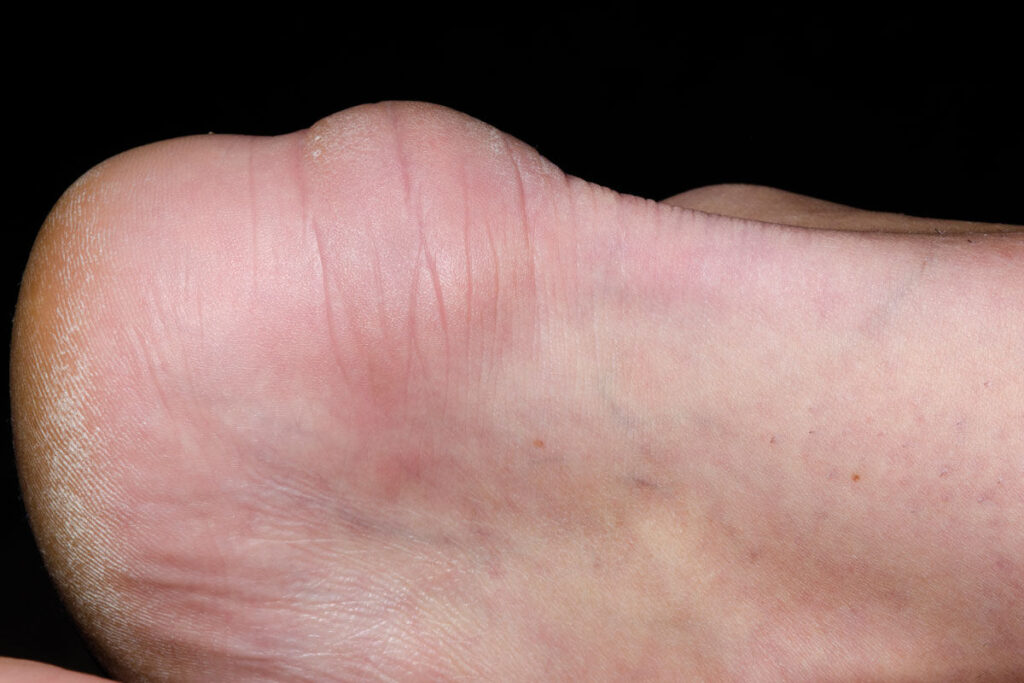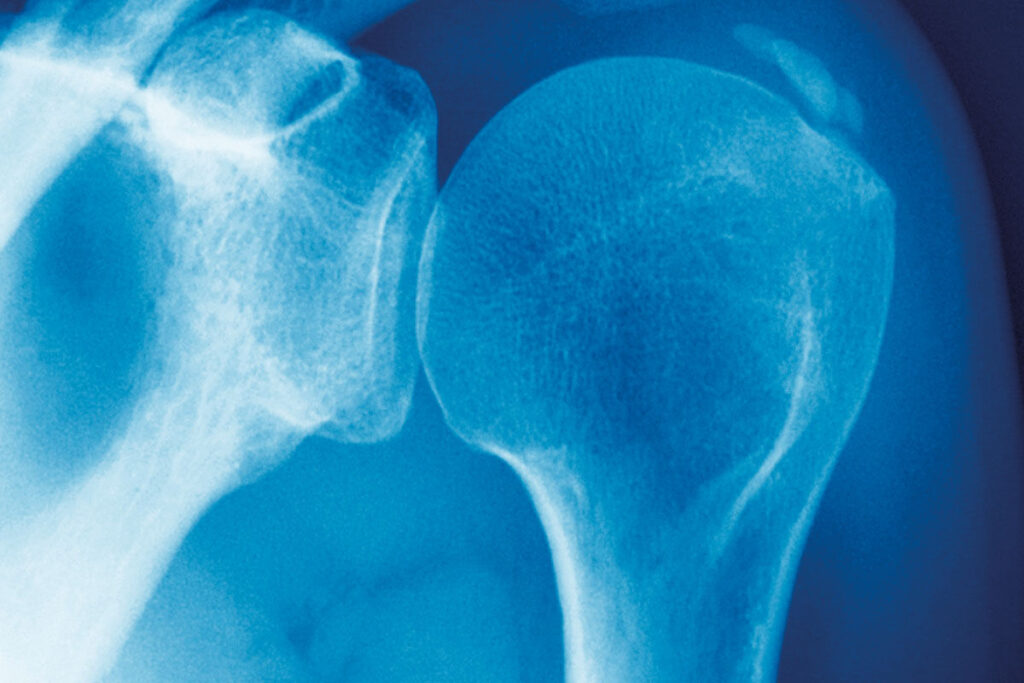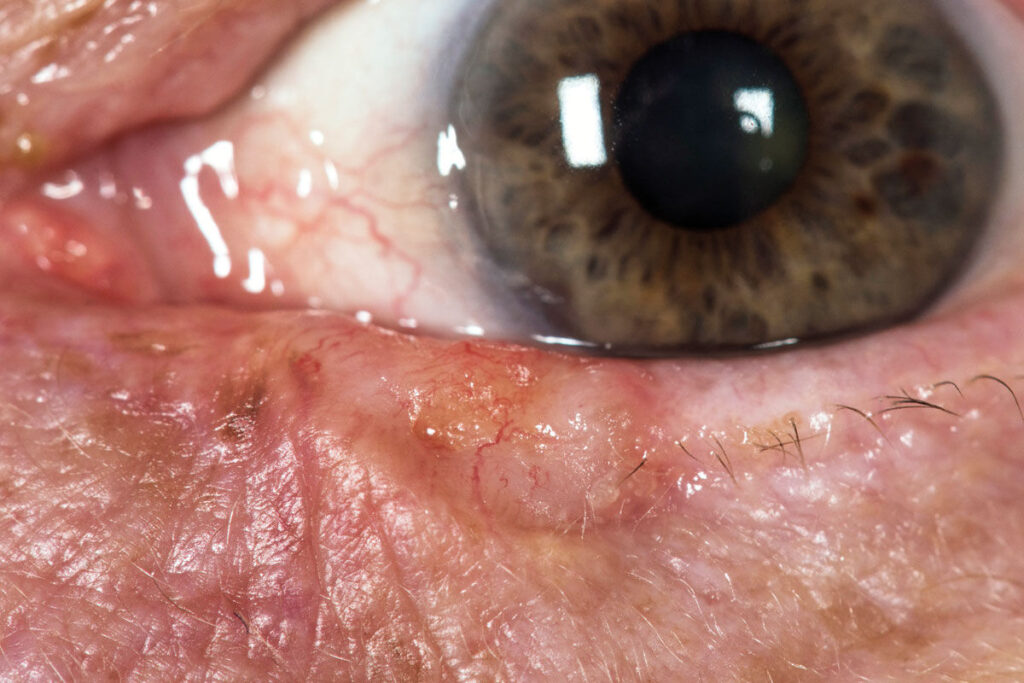Medical arithmetic: Heel growths, a painful shoulder and an eyelid lesion
What do these presentations add up to? By Dr Keith Hopcroft
CASE EASY
The patient
A 32-year-old female with no relevant past medical history.
She says
‘I’ve got these painful lumps on my heels. I’ve been trying to get fit and going to the gym regularly and they seem to have come on since then. I wondered if my trainers were too tight. I’ve taken ibuprofen but they’re no better.’
+

=
See end of article for answer
CASE MODERATE
The patient
A 40-year-old male who is usually fit and well and on no medication.
He says
‘I’m in agony with my left shoulder. I don’t remember injuring it, but the pain was so bad and came on so suddenly that I went to A&E. They did some blood tests that they said were okay and took an X-ray, which they said didn’t show a fracture. But I need something for the pain.’
+

=
See end of article for answer
CASE HARD
The patient
A 78-year-old male with a past history of hypothyroidism, osteoarthritis and scalp actinic keratoses who takes levothyroxine 100μg per day.
He says
‘I’ve still got this lump on my lower eyelid. I’ve seen a couple of the doctors and they both said it was a cyst and might go away. But if anything, it seems to be getting bigger.’
+

=
See end of article for answer
Dr Keith Hopcroft is Pulse’s medical adviser and a GP in Basildon, Essex
Answers
EASY Haglund’s deformity Also known as ‘pump bumps’, these are bony outgrowths from the heel and can be associated with a localised bursitis. They may be caused by the heel tabs of tight trainers. The symptoms are heel discomfort and the appearance of the bumps in the characteristic position. A change in footwear might help. Otherwise, a cortisone injection can be tried – and, failing that, surgery may be needed.
MODERATE Calcific tendinitis This is caused by calcium deposits in the rotator cuff. It can sometimes cause remarkably acute onset – over hours – of very severe pain. Treatment involves analgesics, NSAIDs, physiotherapy, cortisone injections and, occasionally, surgical excision.
HARD Basal cell carcinoma of the eyelid These can be tricky to diagnose – their position renders their typical characteristics harder to spot, and benign lesions such as Meibomian cysts are much more common in this area. One clue is localised loss of eyelashes. Treatment is usually by surgical excision.
Please note – these are all fictional cases and not based on any real patient interactions
Pulse October survey
Take our July 2025 survey to potentially win £1.000 worth of tokens

Visit Pulse Reference for details on 140 symptoms, including easily searchable symptoms and categories, offering you a free platform to check symptoms and receive potential diagnoses during consultations.










